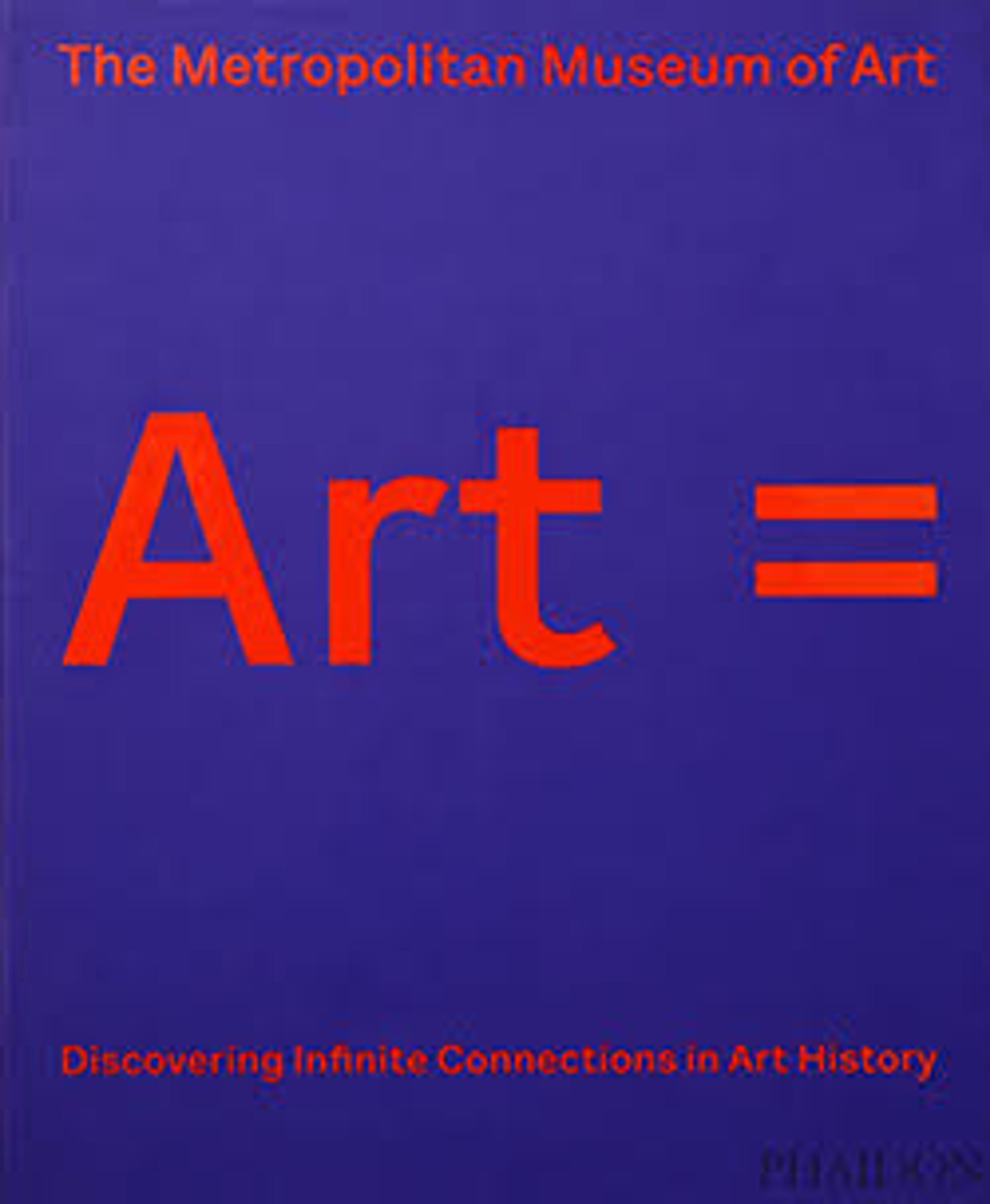Folio from a Qur'an Manuscript
This folio was once part of a two-volume Qur'an produced during the Nasrid period in the late thirteenth or early fourteenth century. Although paper had reached the Middle East by the tenth century, it did not become widespread in Islamic Spain and North Africa until much later. Despite its conservative use of parchment, this folio displays many characteristics that differentiate it from earlier Qur'an manuscripts. Sura headings in gold kufic script stand out in contrast with the distinctive maghribi script of the text, and gold medallions serve as ornate verse markers.
Artwork Details
- Title: Folio from a Qur'an Manuscript
- Date: late 13th–early 14th century
- Geography: Made in Spain
- Medium: Ink, opaque watercolor, and gold on parchment
- Dimensions: H. 21 1/16 in. (53.5 cm)
W. 22 in. (55.9 cm) - Classification: Codices
- Credit Line: Rogers Fund, 1942
- Object Number: 42.63
- Curatorial Department: Islamic Art
More Artwork
Research Resources
The Met provides unparalleled resources for research and welcomes an international community of students and scholars. The Met's Open Access API is where creators and researchers can connect to the The Met collection. Open Access data and public domain images are available for unrestricted commercial and noncommercial use without permission or fee.
To request images under copyright and other restrictions, please use this Image Request form.
Feedback
We continue to research and examine historical and cultural context for objects in The Met collection. If you have comments or questions about this object record, please contact us using the form below. The Museum looks forward to receiving your comments.
